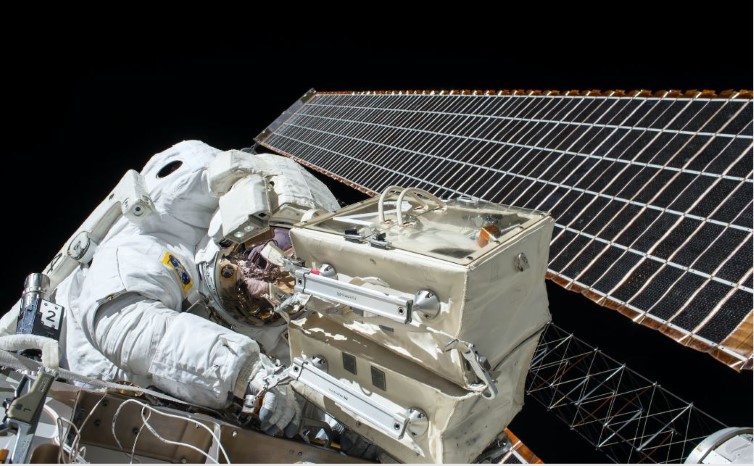What’s up with Artemis these days

Certainly, the most serious current project is in the hands of NASA. The Artemis program is a collaboration between NASA and several European, Asian and private space agencies and aims to return a man to the Moon for the first time since 1972 and the Apollo 17 mission.
The Lunar Gateway
Artemis 1 performed a successful test of its super-heavy expendable launch vehicle called SLS and Orion spacecraft that will carry astronauts. Orion successfully entered lunar orbit and then returned to Earth last November. The Artemis 2 mission is planned for 2024, which should be a test flight with a crew of four.
They will go into a “free return” orbit around the Moon, where the Moon’s own gravity will be used to bring the spacecraft back to Earth. Artemis 3 is planned for the end of 2025 and is expected to be the first manned landing on the lunar surface.
Two astronauts should set foot on the Moon and spend 6 days there. For the year 2028, there are plans to start assembling the first extraterrestrial space station as part of the Artemis 4 mission.
Something similar to the International Space Station (ISS) that has been orbiting the Earth for the past 25 years, only the Lunar Gateway would of course be in orbit around the Moon.
In 2029, Artemis 5 is expected, as part of which the arrival to the lunar space station and the landing of astronauts with a lunar terrain vehicle on the South Pole of the Moon would be realized.

Of course, knowing NASA’s past practice and bearing in mind the dates, almost certainly all these planned years can be moved by at least one to two years, as well as the fact that Artemis 1 itself has already been delayed.
Each movement of one of the five steps in front of us also pushes the delay of the next ones. What is definitely unquestionable is that the outlined plan will actually be implemented. NASA is the most serious space agency in the world and there is no doubt that they will keep pushing on in the race.
Cold War era vs the 21st century space race
In the shadow of economic crises and various global topics that the world’s media bombard us with daily, the race to conquer space is heating up more and more.
Unlike the sixties of the last century, when it was a matter of prestige, showing competition between two socio-economic systems, today it mostly passes under the radar of the average inhabitant of planet Earth.
Compared to the Cold War era, newspapers are certainly more available and also information from the agencies themselves. Video streams of launches and landings are a routine thing today, detailed plans and clearly presented goals for the future are also some of the conveniences that make it possible to follow the events from any corner of the world.
A new thing is the emergence of private capital, which has more and more serious plans and greatly exceeds the capabilities of numerous state space agencies.
Still, patience is necessary for developments in this field. With the departure of generations of engineers and scientists who worked on programs from the sixties, some things were neglected and somewhat forgotten. Some countries are trying to master technologies for the first time.
Security measures are much higher than in those days. Nevertheless, the results are already tangible and the crowd on the Moon is getting bigger!
Want to read more about the universe? Visit our blog!

